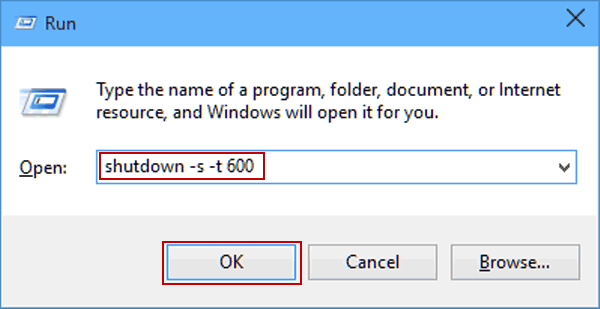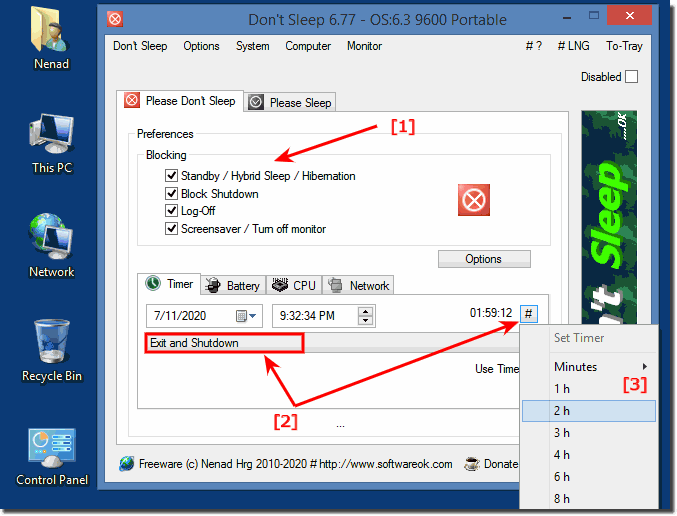
:max_bytes(150000):strip_icc()/Shutdownwarning2-910d093ac5454bf49d86aadc4692770b.jpg)
Most Common Events Related to Startup and Shutdown Times Without much ado, let’s show you how to track what happens when your computer shuts down or starts, using the Windows Event Viewer or the Command Prompt. They can manipulate it to display error messages and warnings even if your computer is working correctly. Unfortunately, some fraudsters take advantage of messages in the Event Viewer to scare and defraud people. However, as a rule of thumb, you don’t need to panic even if there are alarming messages or warnings in the system log. You can start to troubleshoot any issue on a Windows computer from the Event Viewer in many cases. What’s more, you can’t alter, stop, or disable the activities of the Event Viewer altogether because it’s a core Windows service. That said, if many users operate a computer, you can use the Event Viewer to monitor each user’s activities while running the device.Īlso, it helps users discover errors, information messages, and warnings on their PCs. The program logs every action taken while working on a computer. The Event Viewer keeps a record of application and system messages on a Windows 10 PC. In this article, we’ll teach you how to do that, but first, what is the Event Viewer? What Is the Windows Event Viewer?

With the built-in Windows Event Viewer, you can monitor the activities that occur on your computer before, during, and after it shuts down or restarts.

Are you wondering what happens when your computer shuts down and after it restarts? Many things happen within that period, and thankfully, Windows helps track the entire process and keeps a record in the system log.


 0 kommentar(er)
0 kommentar(er)
